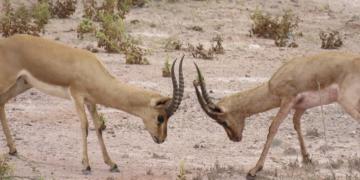Key stakeholders such as Department of Wildlife Conservation, Divisional Secretariat & District Secretariats, Ministry of Environment, UNDP, Ocean Resources Conservation Association, University of Wayamba, IUCN, Sri Lanka Navy, Coastal Conservation Department, National Aquatic Resources Research and Development Agency were involved in this project. Together the technical knowledge and experience of experts in the field, demarcation of the Bar Reef, designing of buoys, buoy deployment and allied activities were implemented.
While above named institutions provided the neccessary technical expertise, training and awareness and input for monitoring and evaluation, key local community members, such as members of the 'Tour Boat Society' (a society which was established for tour guides in the area), were also given the opportunity to participate in the demarcation activities to identify the GPS locations of the areas to be protected at Bar reef with the participation of specialists and other stakeholders. An identified team of locals, such as tour boat operators/guides were also involved as local volunteers to assist in monitoring and maintenance of the buoys and the protected zone.
During the course of implementation of conservation activities, it was identified that inclusive community engagement, mobilization and transparancy is much needed. Since this was a transitional community who, depending on the season, engaged in both tourism and fishing activities simultaneously. it was difficult to find a fully focused and committed community to actively participate for conservation activities throughout the year. Further, it was noticed that with changing economic conditions, Easter Sunday attack, COVID-19 sitution and fall of tourism, community was rather less driven to participate in Bar Reef conservation.
In conclusion, with capacity building and awareness raising, active, voluntary engagement in buoy redeployment after off-season, periodic progress monitoring and recording of the changes of the reef and increased community awareness on natural heatwaves, anthropogenic activities that adversely affect the ecosystem, led to motivation and dedication of community to conserve the Bar Reef and ensure sustainability.
